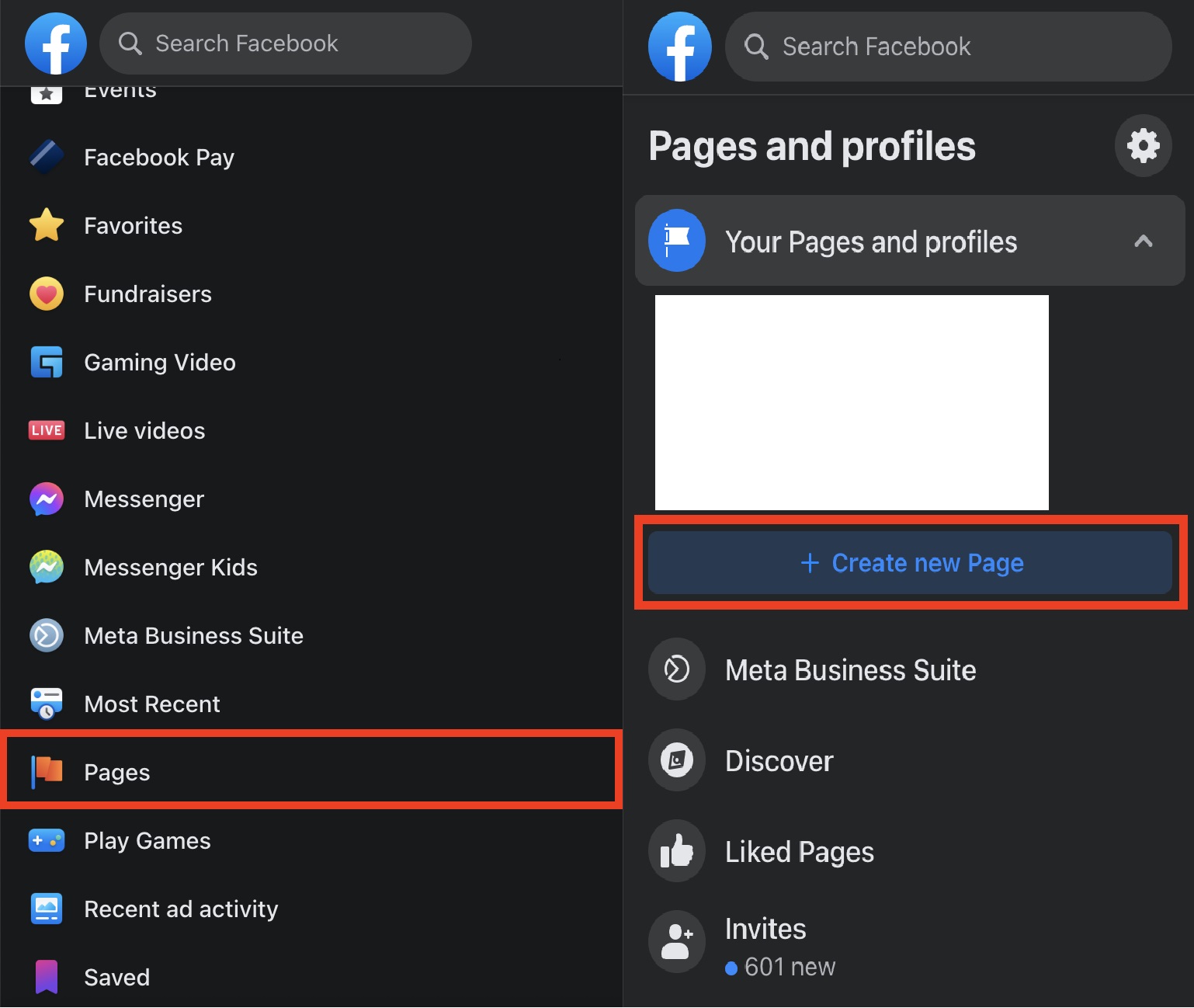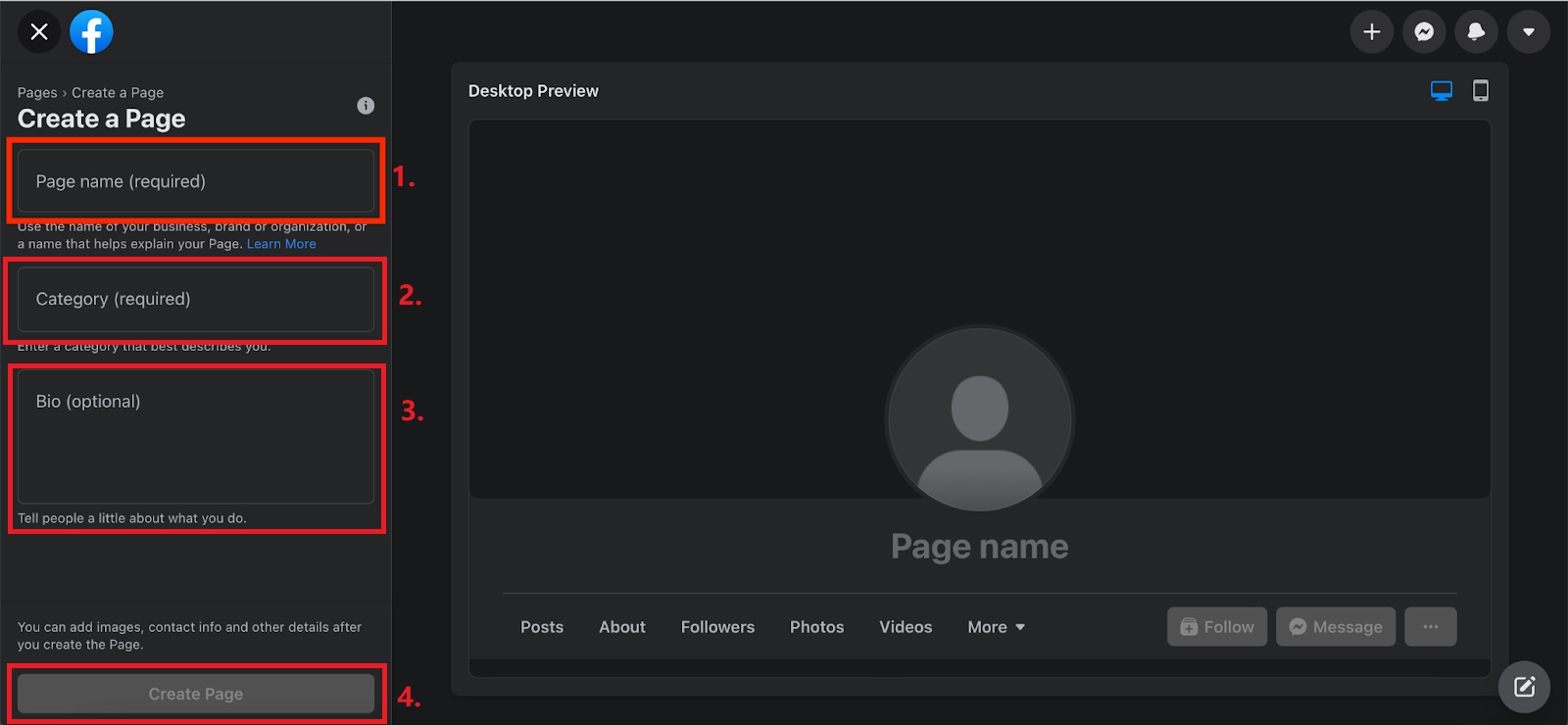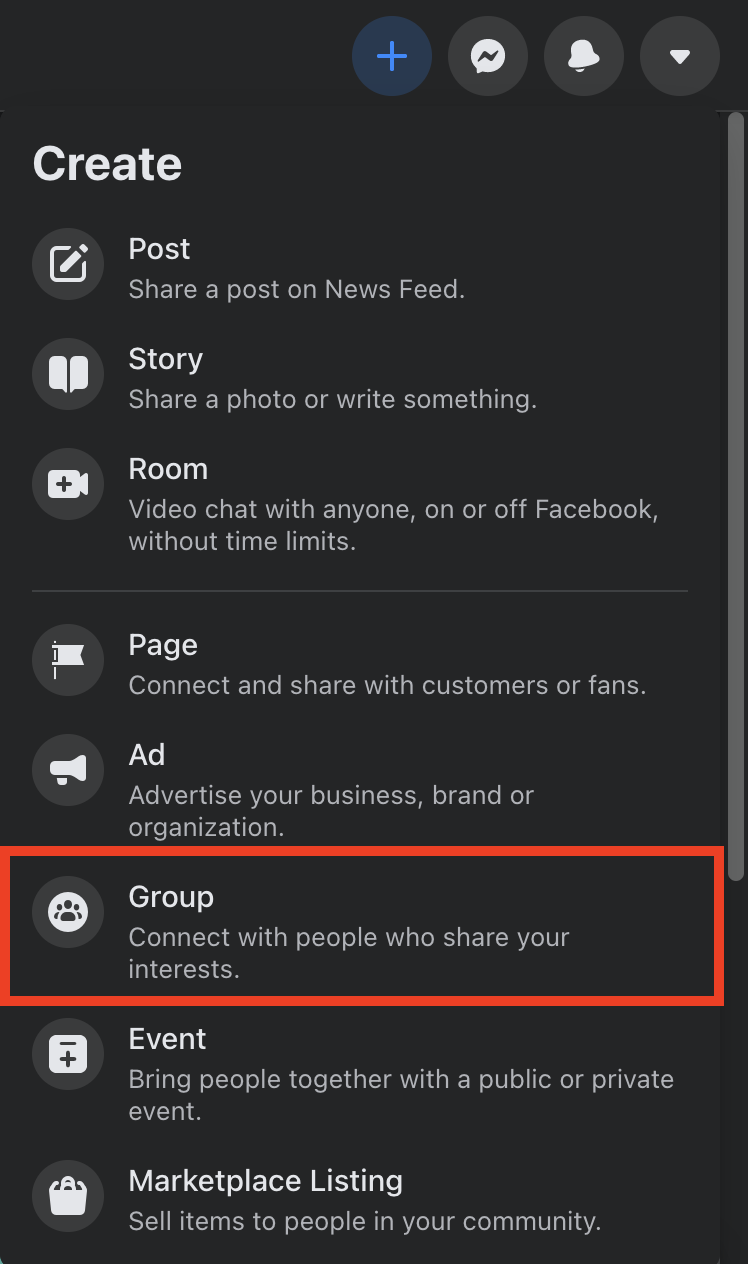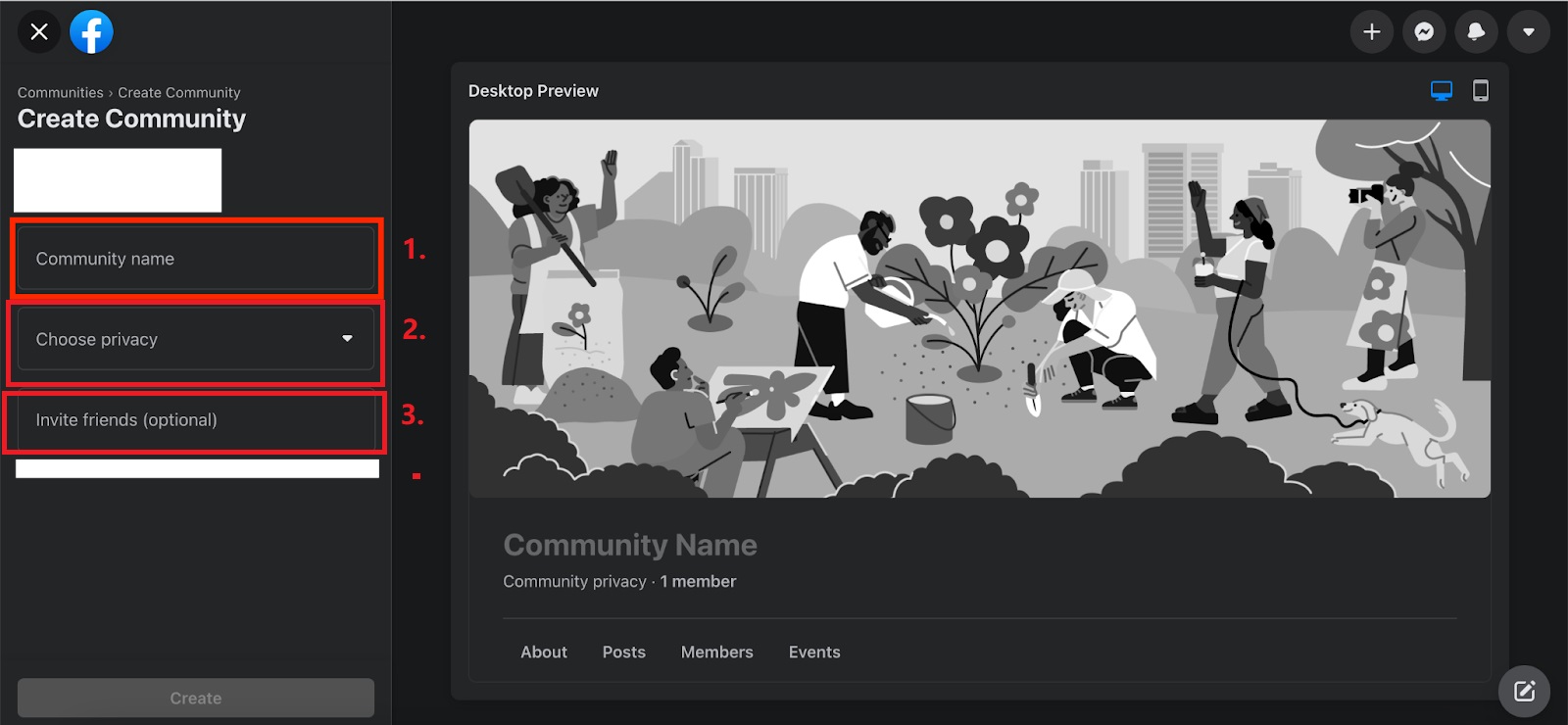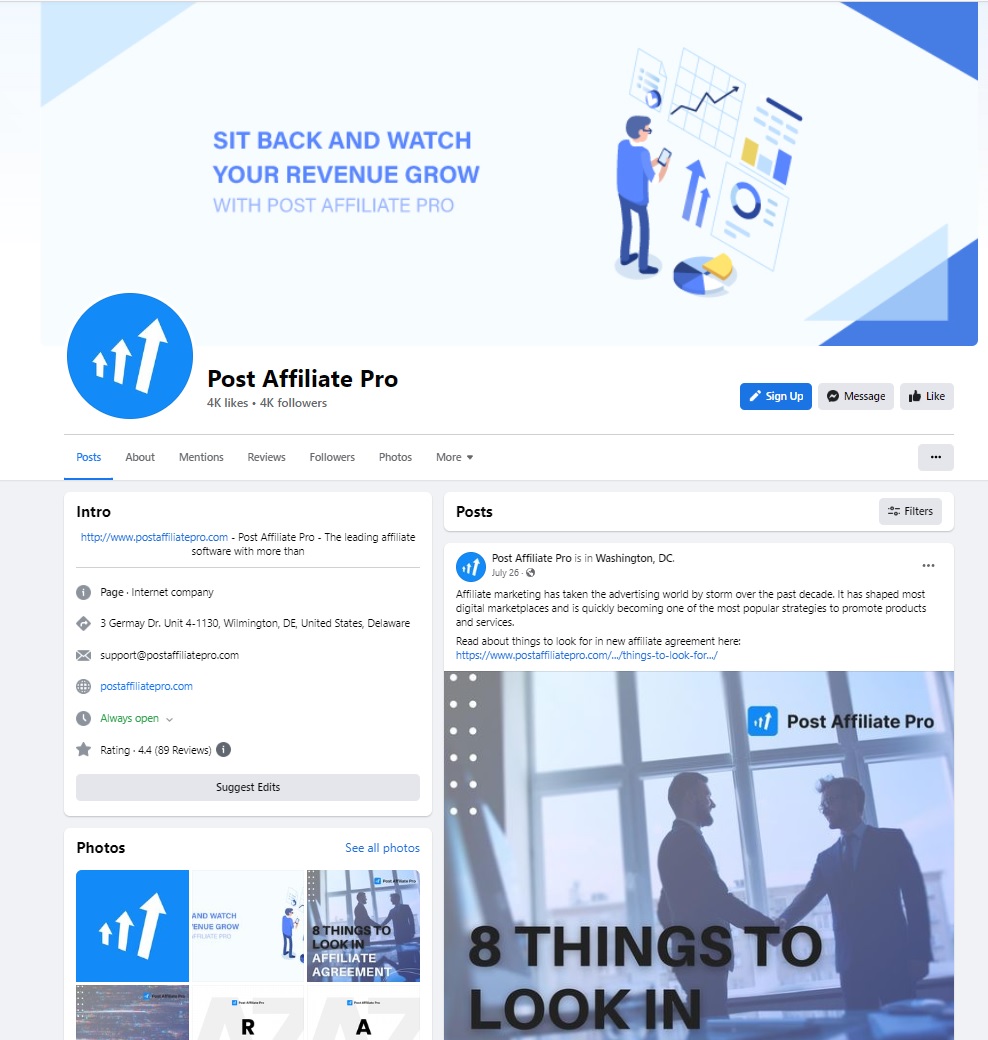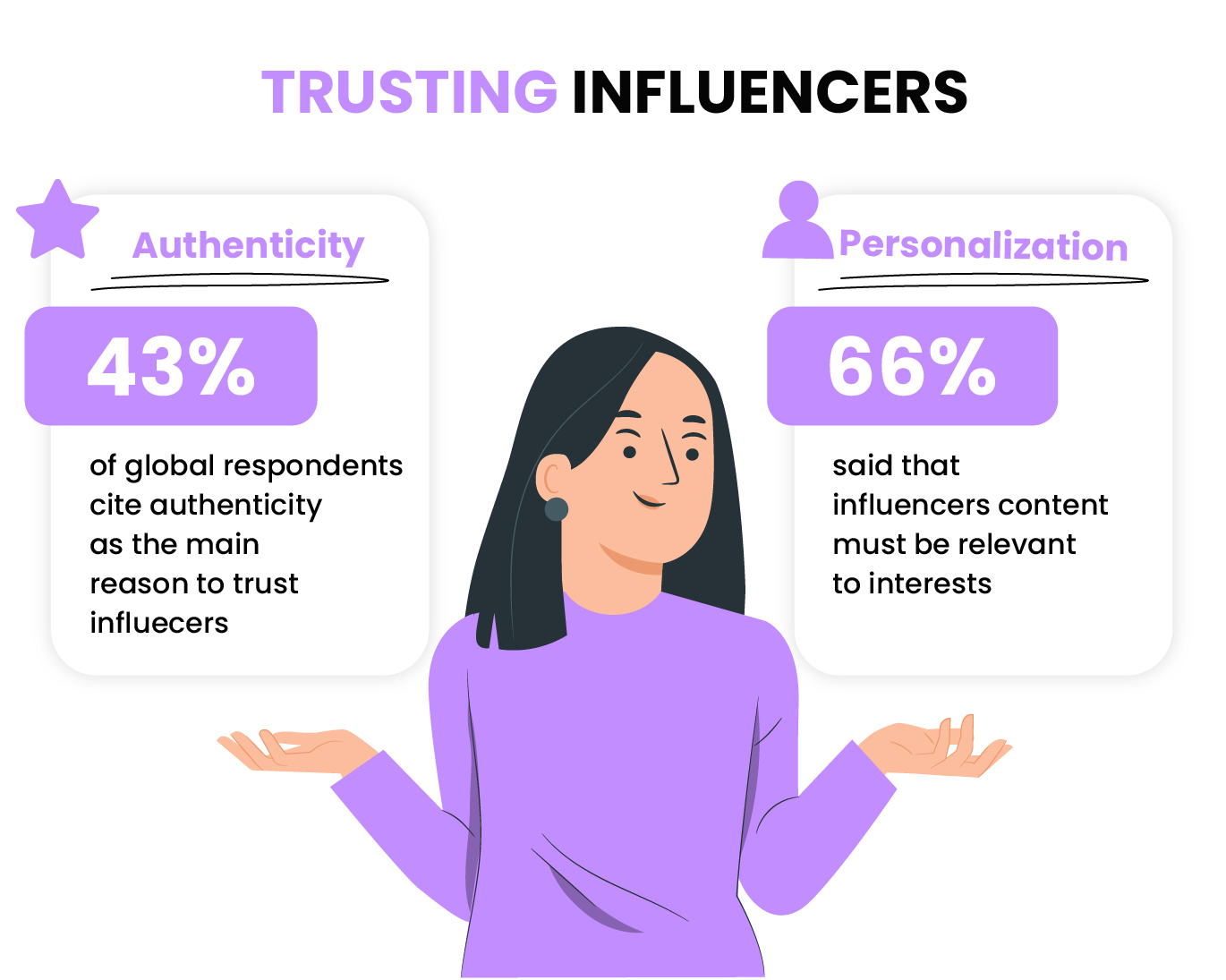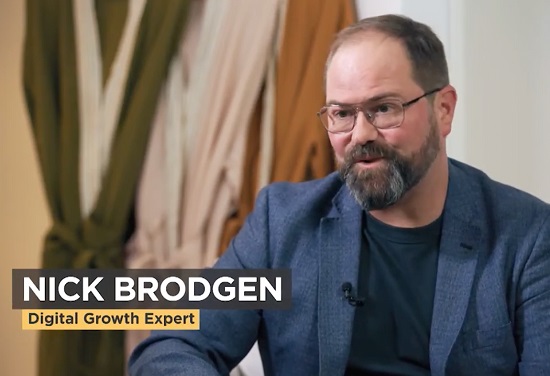
5 things to research before creating an affiliate campaign
Would you like to earn passive income through affiliate marketing? Check out our guide to affiliate marketing before you jump in.

Learn how to start and succeed with Facebook affiliate marketing using pages, groups, organic strategies, and paid ads. Discover best practices and actionable tips for growing your affiliate business on the world’s largest social platform.
Facebook is the largest social media platform in the world, with almost 3 billion active users. That’s billions of people using the social platform site every day. One of the core principles of digital marketing is that you must engage with your target audience wherever they are present.
The power of Facebook, therefore, is that it offers this ready-made audience that affiliate marketers can tap into. An affiliate business, in theory, should be able to leverage Facebook’s reach to post affiliate links on Facebook that easily make money online. However, if it were that plain and straightforward, every affiliate marketing business would be raking in skyrocketing profits through Facebook every month, and that’s simply not the case.
Yet, if you follow specific steps, there is an opportunity. We’ve put together this Facebook affiliate marketing guide to share tips and tricks that give you the best chance for success. Read this ultimate guide before you start affiliate marketing on Facebook.
Let’s quickly review how affiliate marketing works . Affiliate marketing is where a business rewards an external source for bringing them a sale.
Therefore, Facebook affiliate marketing is a form of social media advertising, using affiliate links on Facebook to promote products and send users elsewhere to make a purchase. Not only on Facebook but affiliate marketing on social media altogether is about carving out a small subset of the billions of daily users. This will create a targeted audience for you to market your niche.
The key to successful affiliate marketing on Facebook is to assemble a group of individuals on Facebook pages or Facebook groups that may be interested in the product you aim to market.
So, how do you find a receptive audience on Facebook? Well, the first thing to note is that you shouldn’t use your personal profile to share posts containing affiliate links .
Don’t become that Facebook friend whose friends and family will simply unfriend you. What’s more, you should market products to a targeted audience, not just your friendship circle made up of various types of people. Instead, create a dedicated Facebook page or Facebook group.
Facebook pages and Facebook groups offer different approaches to using Facebook for affiliate marketing . A Facebook Page creates a business page that you have centralized control over. It acts almost like a website for your business on Facebook. You can post content like a helpful blog post, surveys to your audience, images/videos related to your business, and share your affiliate links.
You’ll need to implement a comprehensive online marketing strategy to grow your affiliate business through a Facebook page since developing a page through organic traffic is challenging. The truth is that a Facebook page has minimal organic reach, and you’ll likely need to rely on Facebook advertisements to promote affiliate links, but more of that later.
On the other hand, a Facebook group is a community you don’t have control over. Members can post and comment, and it’s your job to moderate these interactions. A popular group can grow exponentially organically, but that comes with its own issues.
The process of creating a page or group is relatively simple.
Once you create your Facebook page or group, you have the foundation to start promoting your products or services on Facebook. However, you must build an audience to be a successful affiliate on Facebook.
Whether you opt for a page, a group, or both, you need to build an audience before you see any profits from your affiliate marketing activities. If nobody sees your posts on Facebook, the affiliate link on your Facebook group page will not make any money.
So, how do you get people to see the content you share through Facebook posts? Relying on friends, family, and word-of-mouth referrals simply won’t do.
We’ve already mentioned that organic traffic is a bit of a slog on Facebook. Their business model means they want to opt for a paid ad to boost engagement instead. However, that doesn’t mean there aren’t some things you can do to increase organic traffic.
One point to make here is that nobody likes ads. Facebook users are human, just like you and I, and we all know that ads are irritating. Therefore, your approach to content calendars should follow the 80/20 rule.
Following this approach, you can boost engagement by building a relationship with the Facebook community, earning a reputation as a trusted source and an authority within your niche. You become a solution provider instead of just another Facebook business looking to push posts that contain promotional content.
Promote further engagement by posting regularly, using Facebook Live, creating user surveys, and sharing interesting, entertaining videos and images. These activities will give you a better chance of encouraging the Facebook algorithms to recommend your page/group to more people. Remember that social media is a visual tool, so enticing visuals and good content ideas can greatly encourage people to engage with your content.
Another much-used method to improve reach via social networking is to join other relevant groups to your niche. This way, you can effectively ‘piggyback’ on another group’s popularity. Use the Facebook search options to look for relevant Facebook groups in your niche.
For example, if you’re selling Game of Thrones-themed clothing, there are many GoT-related Facebook groups you can join whose members should closely align with your target audience – the GoT fan base.
Once in a group, you must be patient and adopt the approach of providing value. Avoid spamming new groups after joining them since the group admin will likely remove you. Instead, post pertinent information to the group. Once you’ve gained their trust, start including links to your website or blog. The problem is that these efforts can often only take you so far. A successful affiliate Facebook marketing business will probably need to rely on Facebook’s advertising tools.
You need to pay Facebook to target your ads to the right people. Facebook runs on a pay-to-play model whereby its whole business set-up is against organic traffic. Therefore, you need to get familiar with Facebook’s Ad Manager to run an ad campaign.
Facebook has a sophisticated ad tool that lets you create a highly targeted Facebook ad. Facebook allows you to make your ad as focused as possible, narrowing down on demographics such as age, gender, location, and other interests. You’re more likely to receive a return on investment (ROI) from your Facebook Ads if you can include extensive details about the demographic you’re aiming to reach.
However, you can only use Facebook Ads to promote engagement, grow your audience, or send traffic to a blog post with affiliate links. You can’t promote related products directly through a Facebook ad, which is a surefire way to get yourself banned.
Of course, you are paying for these ads, so a well-run affiliate marketing program on Facebook needs to consider those costs. Choose affiliate partners with a high-enough commission rate to offset advertising costs. This decision can be a delicate balancing act. Let’s take a look at a few options.
When affiliate marketers ‘advertise’ for a partner program on Facebook, there is plenty of red tape to work around. Let’s examine some of the intricacies of the two biggest affiliate programs: Amazon and ClickBank.
You can buy or sell Amazon businesses on Flippa. The online behemoth Amazon is a go-to for many online affiliate marketers. You can earn up to a 10% referral fee for Amazon products. However, they don’t necessarily make it easy for affiliate marketers.
Amazon does not allow its affiliates to promote Facebook posts that contain Amazon affiliate links. That means that you can make a post with an Amazon affiliate link; you just can’t pay to make that post reach more people.
If you pay to boost a post or make an ad containing an Amazon link and get caught, you risk a ban from the platform, derailing your whole business model. So, to get around this, include your affiliate links in a blog post and promote that with Facebook Ads.
ClickBank offers affiliates a much more enticing potential commission of up to 75%, making Amazon look stingy by comparison. Like Amazon, the only way to use ClickBank with Facebook is to promote your blog post or landing page in a Facebook ad.
You’ll then need to include your ClickBank affiliate links on the external page that you own. The way you see this often done is to write a blog post detailing a product’s benefits, usually something like, “10 Reasons to Buy [insert product].”
Then, promote that blog post on Facebook. Users click on this hopefully engaging content and may then click on the affiliate link you’ve featured within the blog post. In this way, the blog post is once-removed from Facebook and thus not in conflict with its policies.
You can generate income as an affiliate marketer on Facebook, but it’s not easy. Follow these affiliate marketing tips to maximize your chances of making money .
You should include an affiliate disclaimer on your blog posts, Facebook posts, and Facebook ads. This simple statement informs users that you are an affiliate marketer and are getting paid to promote products. This builds trust with the audience as you are not misleading them or being disingenuous in your posting.
Use Facebook as intended. It’s an engagement tool designed to facilitate conversation, so use it as such. Interact with your audience through comments, showing that engagement is a two-way street where you can share helpful or entertaining content.
This positive engagement should be the primary purpose of your Facebook content, disguising the secondary purpose of promoting your affiliate links . You should always promote links respectfully without being too pushy.
Tactfully work with influencers that align with your target audience to gain exposure to your blog or content. Search for influencers that suit your reach and target audience and make contact to see if they are interested in a collaboration. They’ll only share your content if they think it’s valuable to their audience.
Marketers have long used competitions and the chance to win free stuff to promote their affiliate products . Run a contest to increase interest in your Facebook page.
To be eligible to enter the contest, you can ask your readers to subscribe to your newsletter. This tactic is a great way to increase the number of people subscribing to your email list. Your chances of getting a response from your Facebook audience increase with the value of your prize.
Facebook provides you with plenty of information about how your audience interacts with your content. You can see how users interact with the different posts on your Facebook business page.
Study your Facebook insights to see what works and what doesn’t, and then alter your content strategy accordingly. Post more of what seems to be working, but continuously refer back to your data and monitor your engagement levels.
With these tips, you can leverage the social media platform’s expansive reach to start your own Facebook affiliate marketing business. Remember that the key is to tap the right audience — don’t just post on your personal page! You’ll be ready for your first commission in no time through a strategic mix of organic and paid marketing, as well as choosing the right affiliate network .
Post Affiliate Pro powers over 30,000 affiliate programs, helping them manage multiple campaigns, track performance, assign commissions, and issue payments from one easy-to-use platform. Find out what all the fuss is about with a free 14-day trial .
To create an affiliate disclaimer, openly disclose your affiliate relationships by stating, "This post contains affiliate links. I may earn a commission if you make a purchase through these links." Transparency with your audience is key.
You can post affiliate links on Facebook, but you must follow Facebook’s policies and the rules of your affiliate program. Some programs, like Amazon Associates, restrict posting affiliate links directly on Facebook, especially in paid ads.
The best way is to create valuable content in Facebook groups or pages, build trust with your audience, and share affiliate links within helpful posts or through your own blog. Avoid spamming and focus on providing genuine value.
Facebook allows ads that promote your own website or blog containing affiliate links, but direct promotion of affiliate links in ads is generally not permitted. Always review Facebook’s ad policies and your affiliate program’s terms.
Increase engagement by posting regularly, using eye-catching visuals, asking questions, running contests, and responding to comments. Focus on building a community and providing useful or entertaining content, not just promotional posts.
Nick Brogden is the founder of Earned Media. Television presenter David Koch “Kochie” calls him a digital growth expert. Nick has lectured on SEO and content marketing at the University of Technology Sydney. Nick is a regular contributor to Entrepreneur and Flying Solo. He is a recurring expert guest on Kochie’s Business Builders on Channel 7 network TV. Nick specialises in SEO and he has been working in the SEO industry for over ten years.
Ready to grow your affiliate income? Discover tools and strategies to maximize your Facebook affiliate marketing success.
Would you like to earn passive income through affiliate marketing? Check out our guide to affiliate marketing before you jump in.
Check out our perfect guide on how to become an affiliate marketer with many tips, tricks and principles. Learn how to get started, choose your niche, and succe...
Are you looking to generate passive income? Learn how to make money with affiliate marketing in a matter of minutes.
Cookie Consent
We use cookies to enhance your browsing experience and analyze our traffic. See our privacy policy.
